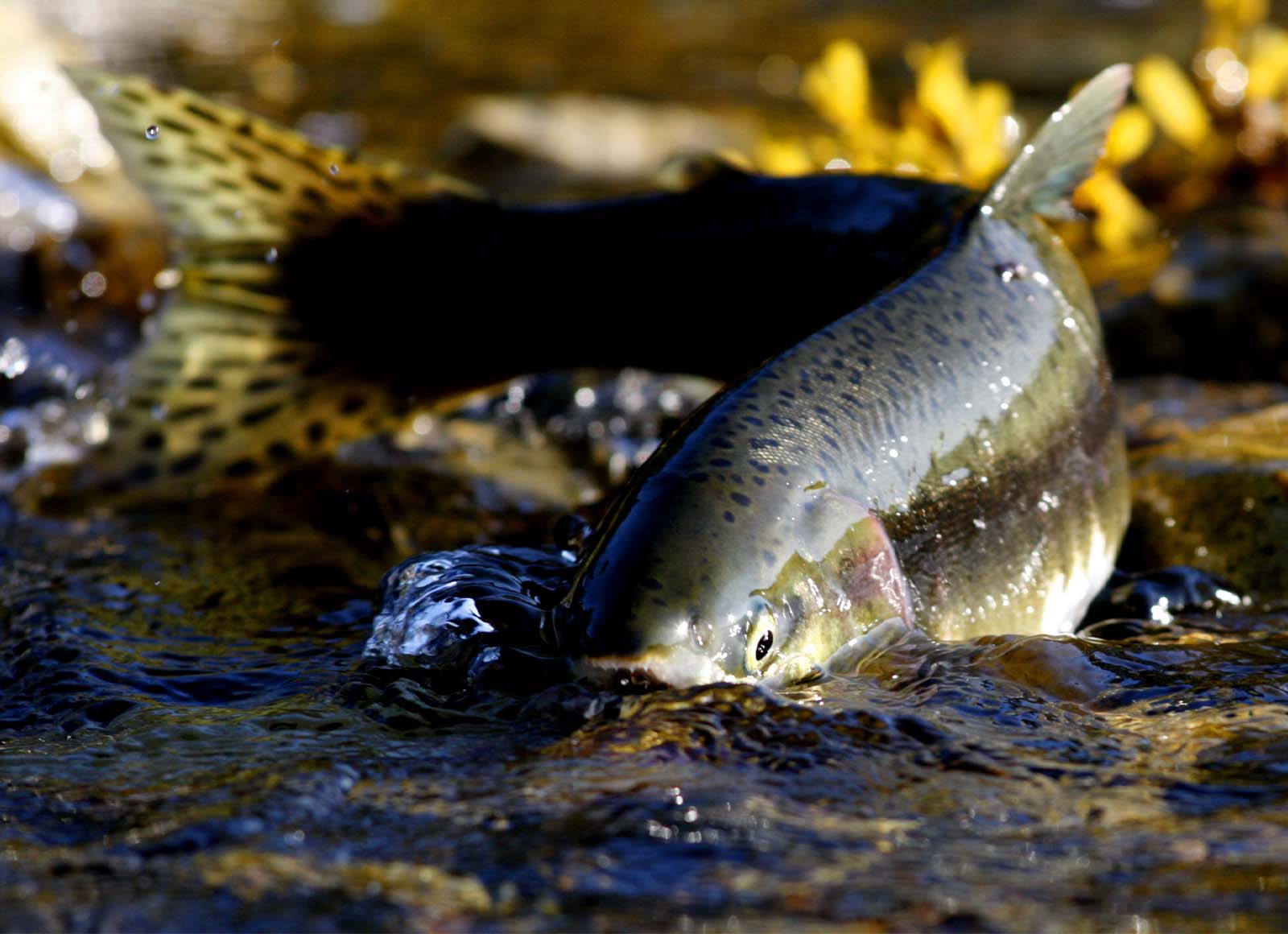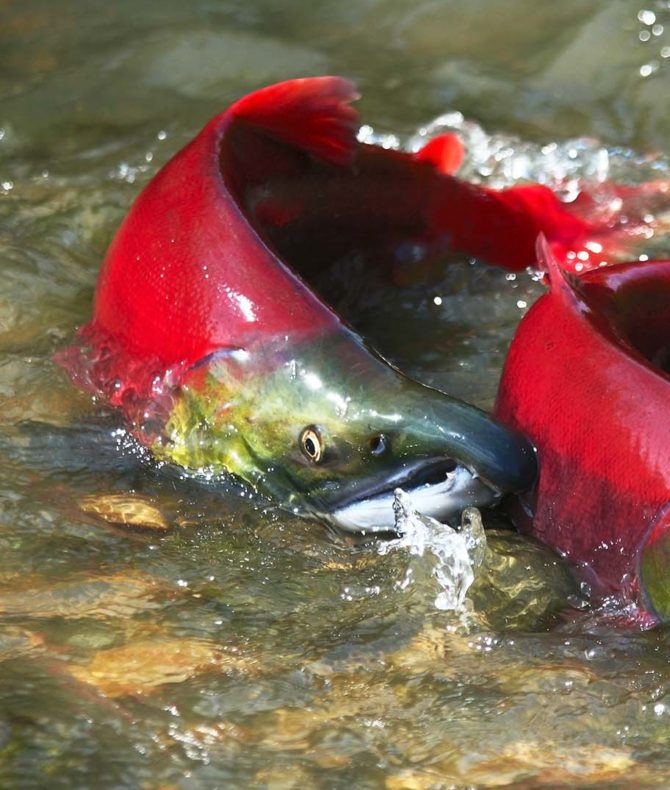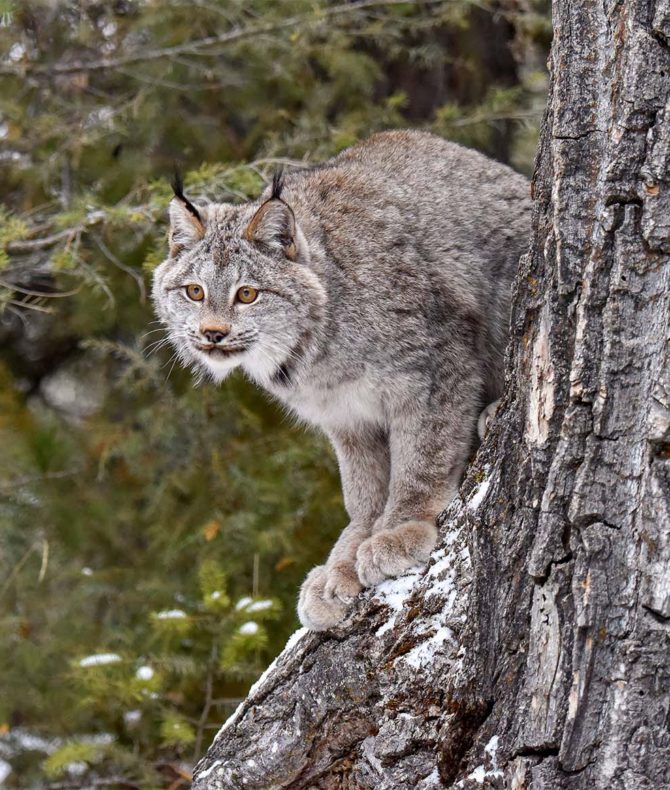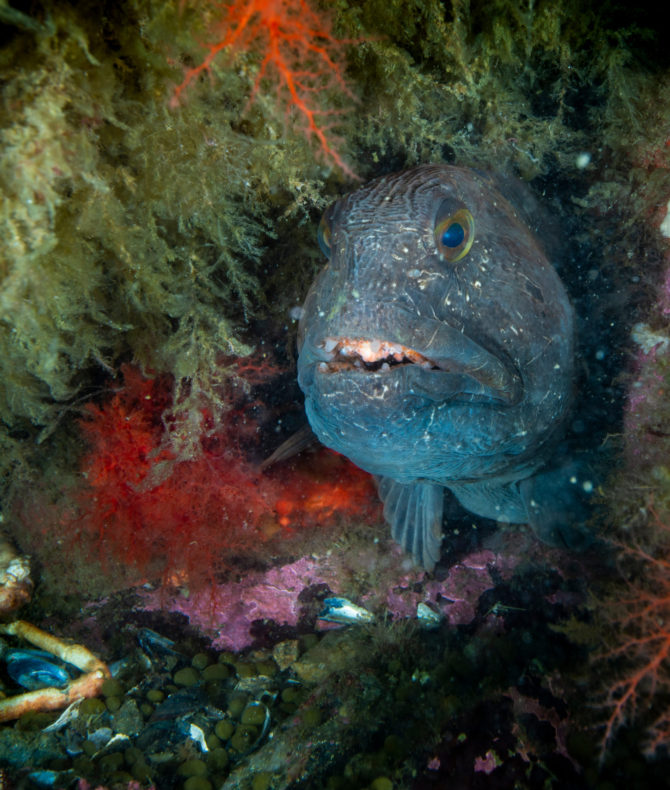About
The Lower Nicola River Watershed in south-central British Columbia is home to both culturally and economically important populations of Chinook Salmon, Coho Salmon, and Steelhead, all of which historically supported sustenance and trading economies of the Nlaka’pamux / Scw’exmx and Syilx peoples. In addition to their cultural importance, each of these migratory salmonids are keystone species that contribute to productive ecosystems in the Lower Nicola by depositing marine-derived nutrients and acting as an important food source for Grizzly Bears and many other species of wildlife. For these reasons, it is critically important that freshwater connectivity is maintained and restored to allow these species to access their spawning, rearing, and thermal refugia habitats during their incredible annual migrations from the sea.

Challenge
Anadromous salmonid populations in the Lower Nicola River watershed have been declining since the 1980s. While there are a variety of pressures that have contributed to these declines, aquatic barriers that restrict their ability to access spawning and rearing habitat has been identified as one of the major causes. However, aquatic barrier remediation is both complex and costly, and understanding the relative trade-offs of different remediation options requires participation and buy-in from a variety of stakeholders and rightsholder to ensure that decisions are made using the best available information and that solutions are designed and implemented by local communities in the watershed.
Solutions
Global Conservation Solutions partnered with the Canadian Wildlife Federation to bring together a diverse team of partners to develop a Watershed Connectivity Remediation Plan (WCRP) for the Lower Nicola River watershed. Using the Conservation Standards planning framework, this 10-year action plan blends local stakeholder and rightsholder knowledge with innovative GIS analyses to gain a shared understanding of where remediation efforts will have the greatest benefit for Chinook Salmon, Coho Salmon, and Steelhead. The Lower Nicola River WCRP planning team is comprised of 11 partner organizations, including NGOs, Indigenous groups, and provincial and federal government agencies, each of which has contributed to identifying priority actions that will reduce the threat of aquatic barriers and restore fish passage in the watershed.
Results
The Lower Nicola WCRP identifies four overarching strategies – lateral barrier remediation, stream crossing remediation, dam remediation, and barrier prevention. Each of these strategies contains a suite of actions with an associated budget and monitoring plan to test their effectiveness toward reaching the project goals. A total of 10 aquatic barriers have been identified that, if remediated, will provide the greatest ecological return on investment for pacific salmon and Steelhead in the Lower Nicola. Preparations are now underway to begin this remediation work, and these collaborative efforts will continue for the next 10 years under the current plan. With the blueprint for success designed, the team has set the course for positive change for pacific salmonids and the livelihoods that they support in the Lower Nicola River Watershed.




